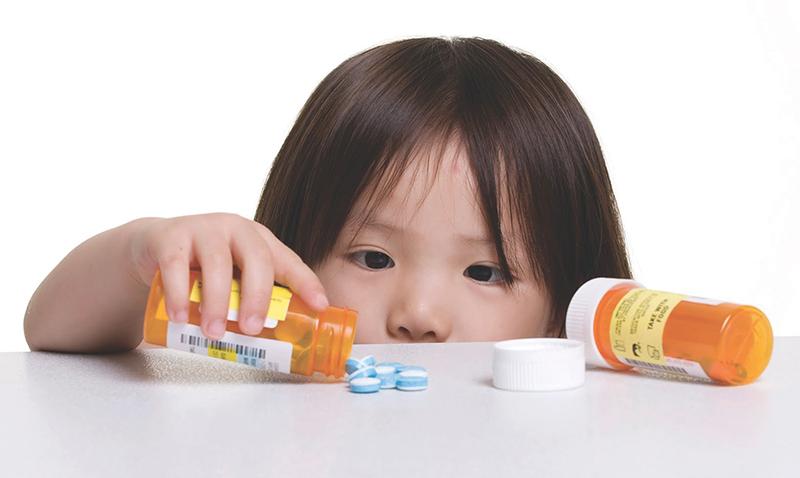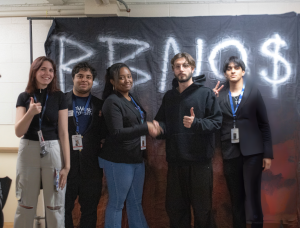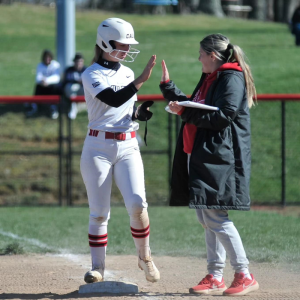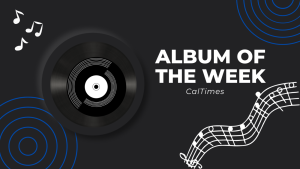Cottin Fields
Is OxyContin suitable for children?
October 1, 2015
Is OxyContin suitable for children ages 11 to 16 years of age? This is the central question, and the answers are pretty one-sided. The answer is no, for fear of early addiction the moment treatment is administered.
Yet, with all the online articles and information on drug/prescription use, we get lost in a vast field of strong opinions and arguments over this matter.
A single dose of OxyContin greater than 40mg is used only for patients that are considered opioid tolerant. An opioid-tolerant patient receives at least 60mg of OxyContin for one week or longer, with patient tolerance and history of experience with the drug prior such as addiction, abuse, and misuse being taken into effect by a healthcare professional who is knowledgeable in the use and effects of opioid-based drugs.
The greatest cause leading to opioid addiction and harm, especially in children and adolescence, depends upon how the drug is taken from the start. Opioid-based drugs such as OxyContin, are Class II modified-release narcotics, meaning they must be taken orally and swallowed whole to last over an extended period of time, taken every twelve hours. Chewing, crushing, or breaking up a single OxyContin, causes uncontrolled delivery, leading to eventual overdose and death. This can be a problem for children, because as adults, we can swallow larger-sized medication more easily than a developing and growing child, so for a child not to choke, chewing the pill would make sense, but this can lead to adverse effects mentioned above.
A doctor needs to assess any GI disorders to determine if the patient is fit for OxyContin.
Opioids are not “poison,” they are a more powerful drug that deems regular monitoring and communication between doctors and patients. A doctor or other health care professional is to determine the necessary steps to take when administering the OxyContin from the beginning and to monitor the effects on the patient, primarily for respiratory depression and hypotensive effects.
The patients’ healthcare professional is to have discretion of the situation. Children who begin OxyContin therapy with no history of opioid use, are given a small 10mg amount to determine what the affects will be. When treatment is over, the doctor will gradually ween the patient off the drug with smaller and smaller doses.
Dependency and addiction in younger patients is determined from the beginning with the doctor. It is the physician’s decision whether or not treatment of OxyContin therapy is suitable to the diagnoses of the patient, whether the patient feels pain from an ache or is diagnosed with a terminal condition, and if administered, it is that doctor’s responsibility to monitor and track patient reactions. But most importantly, it’s the patient’s responsibility to communicate with the doctor on how they’re feeling.
If a patient feels dependent upon the medication, it is there responsibility to seek help from their doctor and for the doctor to keep an eye on any addiction behavior. It is not the fault of the FDA for the cause of young patients becoming addicted in the long run, it is the relationship and communication between patients and their doctors.






